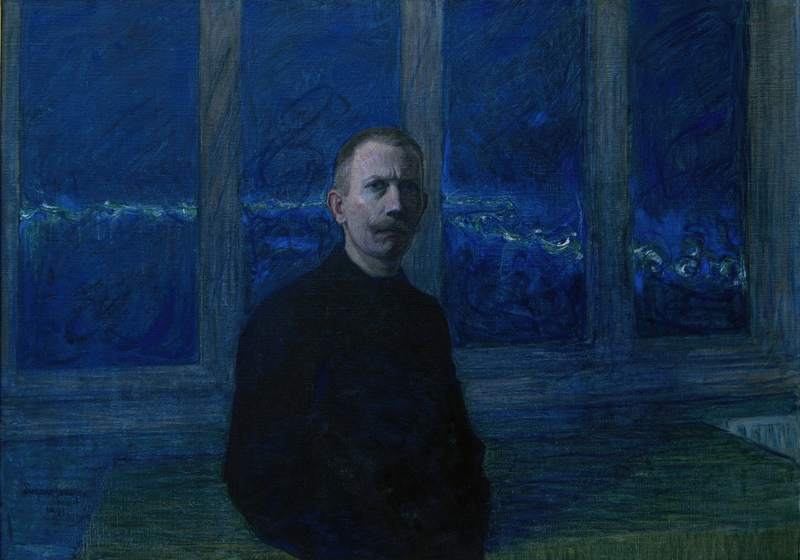
Image: Public Domain
Behold your sun of intimacy
PHILIP BROWN is an independent researcher in the field of Contemplative Studies. He spent his working life teaching children with severe and multiple disabilities, developing training programmes, SoSAFE!, to prevent their physical and sexual abuse. Baptized and confirmed in the Church of England, he has practised meditation for over 40 years. For the past two decades, he has studied and practised the Dzogchen Teachings of Tibetan Buddhism; prior to that, he practised Transcendental Meditation and Vipassana (Insight) Meditation.
A regular contributor to The Culturium, in this month’s feature, Philip offers us a thoughtful and inspired approach to the nature of nondual contemplation in relation to beauty manifest in the world around us and how it can bring us back in touch with our true selves.
o0o
As religious adherence declines in the modern world, contemplative experience becomes ever more important. It is fortunate therefore that the experience of beauty in Art and Nature has potential to foster profound contemplative experience irrespective of a person’s religious disposition. Beauty is thus an increasingly important catalyst for this experience in an age of flourishing secularism and materialism.
As true contemplative experience transcends the ego, it is important to clearly differentiate dualistic-contemplation which is based on and hence usually entrenches the ego, from nondual-contemplation which transcends it.
Dualistic-Contemplation
As described by the Christian Contemplative Richard Rohr, dualistic thinking is the ego’s preferred way of seeing reality. It is essentially binary, either/or thinking in which one knows by comparison, opposition and differentiation. It divides one’s field of awareness into subject and object and through it, the world is perceived as polarities such as good and evil, beautiful and ugly, sacred and profane.
The common usage of the word “contemplate” describes the use of dualistic thinking to consider or ponder a topic. As such, this act of the rational mind is more fully and meaningfully described as dualistic-contemplation.
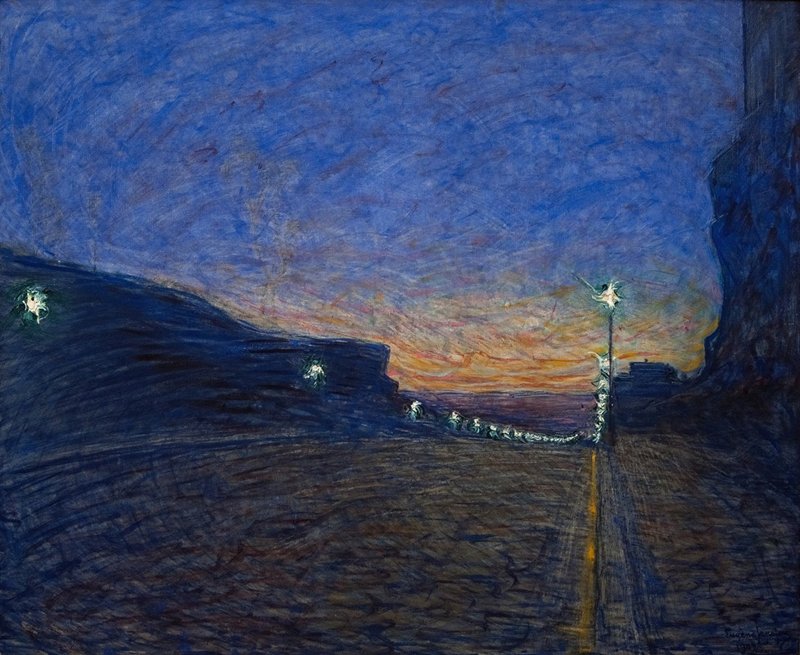
Image: Public Domain
Contemplative Experience as Nondual-Contemplation
In this article, the word “contemplative” as used in the phrase “contemplative experience” does not refer to dualistic-contemplation. Rather, it refers to abiding in ever-present pure nondual-awareness and hence the state of nondual-contemplation.
Dualistic-contemplation is conceptual by nature whereas nondual-contemplation is awareness which transcends and hence is not limited to conceptual thinking. That is, when one is in the state of nondual-contemplation, one abides in ever-present pure nondual-awareness, and this awareness not only subsumes one’s ego, thoughts, emotions and sensory experiences but extends beyond exclusive identification with these things.
In short, it is as a catalyst for nondual-contemplation, that beauty in Art and Nature facilitates contemplative experience.
Art and the Facilitation of Contemplative Experience
A number of prominent contemplative teachers, philosophers and artists have provided insight into how beauty in Art is facilitative of contemplative experience.
As explained by the Russian abstract painter and art theorist Wassily Kandinsky in his renowned work Concerning the Spiritual in Art, an artwork can be an important facilitator of spiritual experience when one is fully present to it rather than absorbed in one’s thoughts. He said [bolding mine]:
Living … a complicated and comparatively subtle life, [the artist’s] work will give to observers capable of feeling them lofty emotions beyond the reach of words …
Lend your ears to music, open your eyes to painting, and … stop thinking! Just ask yourself whether the work has enabled you to ‘walk about’ into a hitherto unknown world.
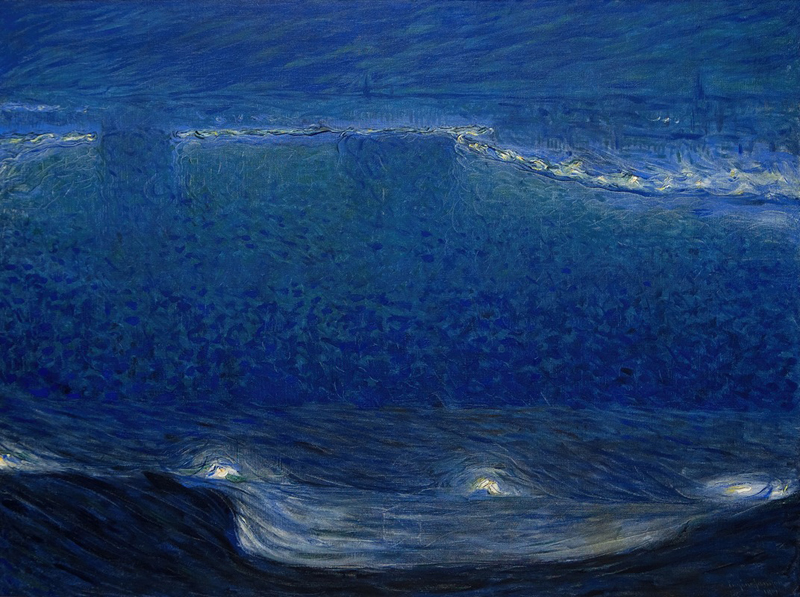
Image: Public Domain
In his book Truth, Beauty, Love the Contemplative Teacher Francis Lucille provides insight into the relationship between true art and the radiance of our true nature. He says [bolding mine]:
[T]here are some objects which take us to beauty by design, such as true works of art, the sayings of a sage, and acts of true compassion, love, or innocence. They take us to our true nature by design, because they come from there and still have the radiance of their high origin. We see the radiance, and the radiance in us is awakened.
Furthermore, in his book The Eye of the Spirit, the contemplative philosopher Ken Wilber palpably and viscerally describes how artworks can be a portal to contemplative experience (bolding mine):
When we look at any beautiful object (natural or artistic), we suspend all other activity, we are simply aware, we only want to contemplate the object. While we are in this contemplative state, we do not want anything from the object; we just want to contemplate it; we want it to never end. We don’t want to … own it, or run from it, or alter it: we only want to look, we want to contemplate …
In that contemplative awareness, our own egoic grasping in time comes momentarily to rest. We relax into our basic awareness. We rest with the world as it is, not as we wish it to be. We are face to face with the calm, the eye in the center of the storm. We are not agitating to change things: we contemplate the object as it is. Great art has this power, this power to grab your attention and suspend it: we stare, sometimes awestruck, sometimes silent, but we cease the restless movement that otherwise characterizes our every waking moment.
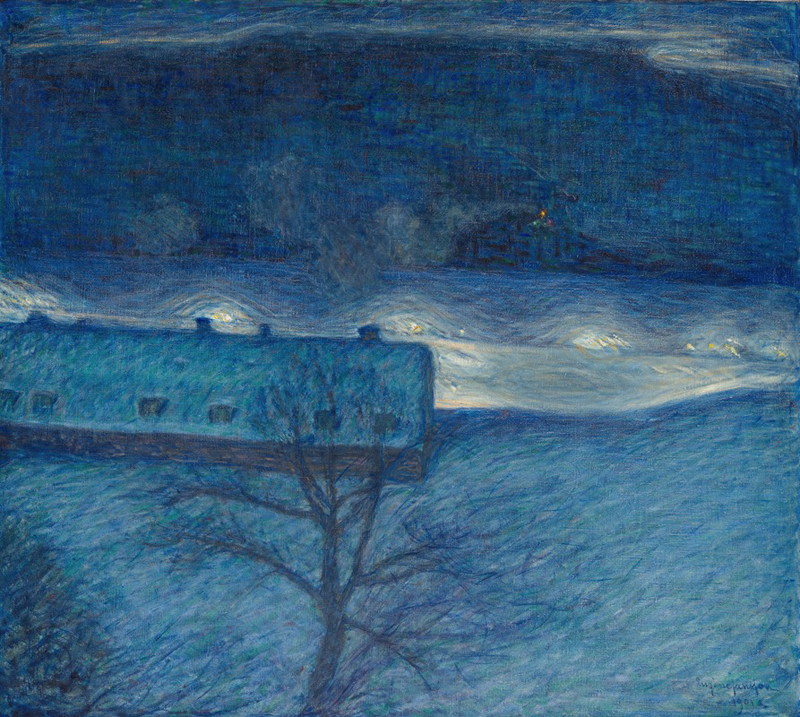
Image: Public Domain
Nature and the Facilitation of Contemplative Experience
As when experiencing the beauty of an artwork, one’s “ego” (one’s false sense of self) can fall away in the presence of the beauty of Nature. As Ralph Waldo Emerson famously says in his essay Nature:
In the woods, we return to reason and faith. There I feel that nothing can befall me in life,—no disgrace, no calamity, (leaving me my eyes), which nature cannot repair. Standing on the bare ground,—my head bathed by the blithe air and uplifted into infinite space,—all mean egotism vanishes.
… In the wilderness, I find something more dear and connate than in streets or villages. In the tranquil landscape, and especially in the distant line of the horizon, man beholds somewhat as beautiful as his own nature.
Beauty and the Facilitation of Contemplative Experience
As described above, beauty in Nature, the Arts and other forms, can trigger the “forgetting of ourselves”. That is, forgetting our false sense of self, our “ego”. In doing so, our ego “gets out of the way”, resulting in the state of nondual-contemplation being experienced. At such times, in contrast to the angst normally associated with the life of dualism experienced through the ego, beauty can be experienced as positive if not sublime. Hence beauty in the Arts or Nature can trigger access to our ever-present state of nondual-contemplation, which is also variously referred to as our true, real or divine nature.
The radiance of awareness of nondual-contemplation is ever-present within us. As the contemplative teacher Rupert Spira expresses it, our Real Nature, our ever-present pure nondual-awareness is obscured by the abundance of the “content of our experience” in the form of bodily sensations, feelings, thoughts and perceptions from sensory input. Like cloud cover no longer obscuring the sun, when this “content of experience” is dropped in the presence of beauty, it no longer overwhelms or veils our ever-present pure nondual-awareness, and that awareness shines unimpeded and unbounded.
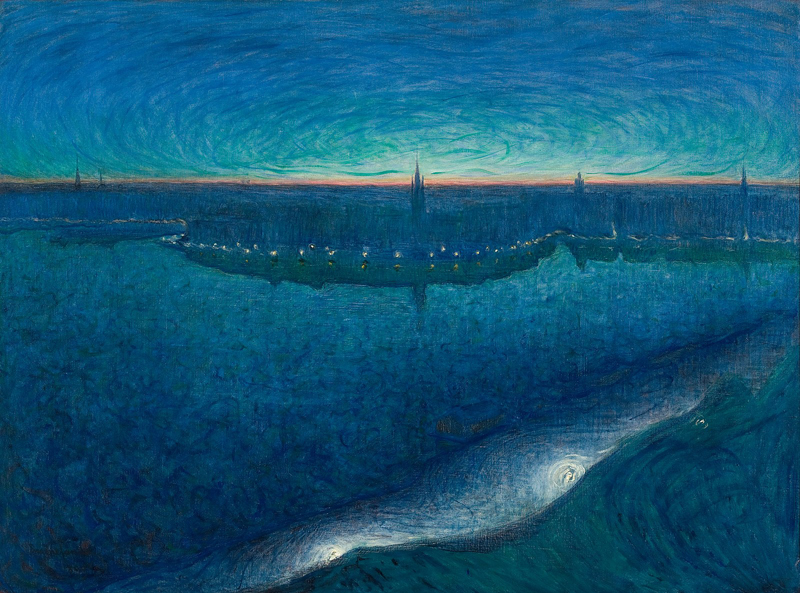
Image: Public Domain
As the Sufi poet Fakhruddin Iraqi said in his exquisite poem Divine Flashes:
Know yourself: a cloud
drifting before your sun.
Cut yourself off from your senses
and behold your sun of intimacy.If this screen … which is you … is struck from before your eyes,
the Beloved will find the Beloved, and you will be entirely lost.
And so it is that beauty in the Arts and Nature can “strike this screen from before our eyes”, and in doing so, facilitate contemplative experience through laying bare our true nature, our divine nature, our ever-present pure nondual-awareness …
the inherent state of nondual contemplation.
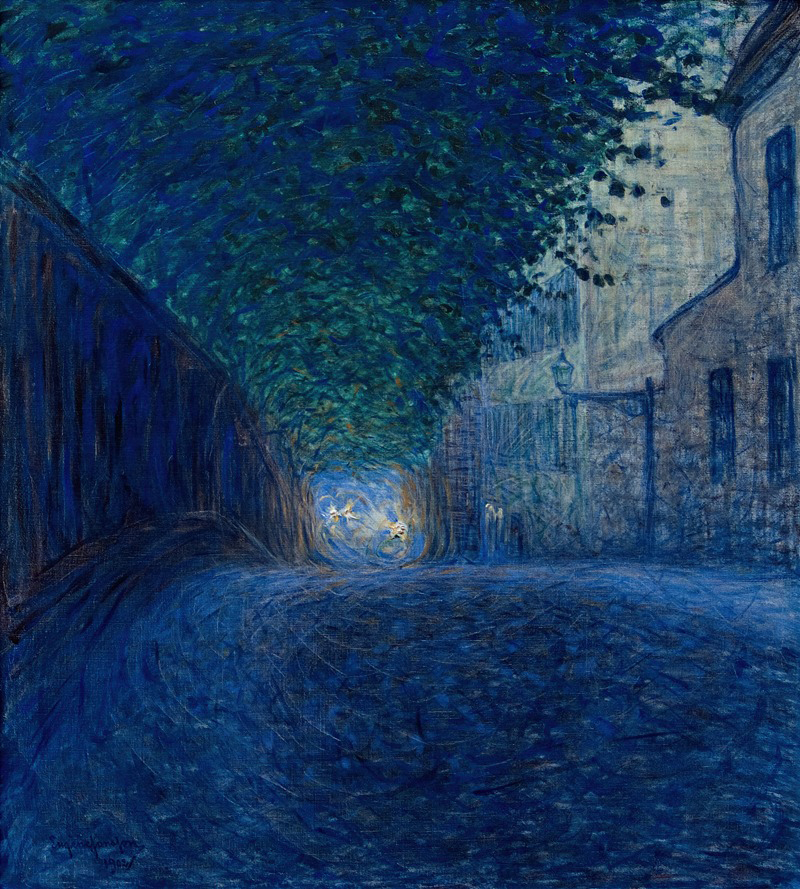
Image: Public Domain
References, Resources & Post Notes
- Fakhruddin Iraqi, Divine Flashes
- Francis Lucille, Truth Love Beauty
- Richard Rohr, The Dualistic Mind
- Rupert Spira, Being Aware of Being Aware
- Ken Wilbur, The Eye of Spirit
- Philip Brown: Contemplative Art—A Supreme Gift
- Philip Brown: Mysticism and Mystic Experience
- Fakhruddin ‘Araqi: Divine Flashes
- Thomas Merton: The Statues of Polonnaruwa
- Ralph Waldo Emerson: Nature
- Wassily Kandinsky: Concerning the Spiritual in Art
